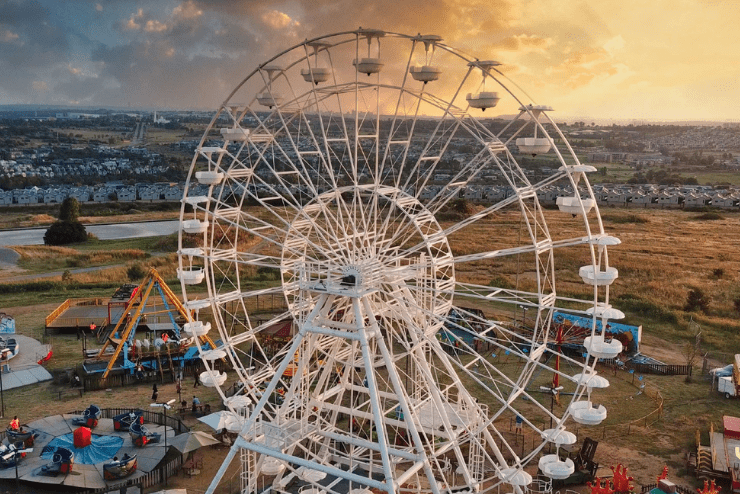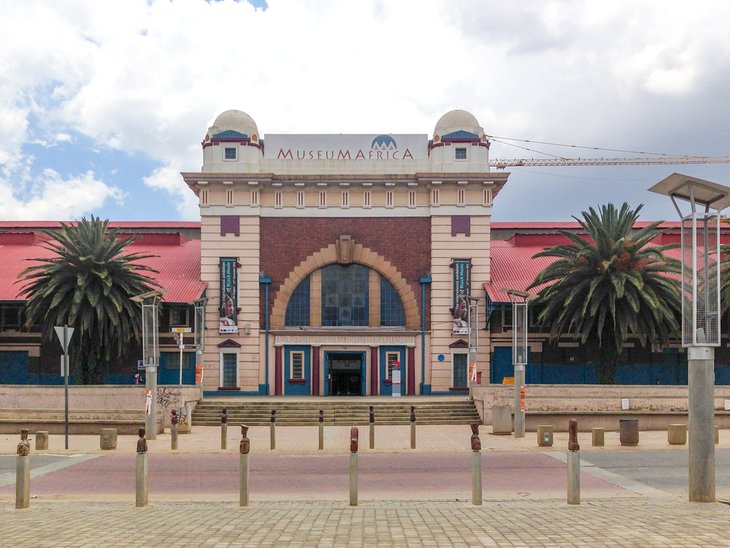5 Easy Facts About Johannesburg North Attractions Described
5 Easy Facts About Johannesburg North Attractions Described
Blog Article
Not known Factual Statements About Johannesburg North Attractions
Table of ContentsGet This Report on Johannesburg North AttractionsFascination About Johannesburg North AttractionsSome Ideas on Johannesburg North Attractions You Should KnowNot known Factual Statements About Johannesburg North Attractions The Ultimate Guide To Johannesburg North AttractionsJohannesburg North Attractions - TruthsSome Known Details About Johannesburg North Attractions
You must maintain protection in mind and travelers should stay sharp at all times when in strange surroundings. Talk to the citizens when you remain in town to discover the area you are remaining in. Johannesburg North attractions. When on the street (this does not relate to shopping center and various other protected environments) ideal basic guidance is to attempt your ideal to appear like a local and to avoid showing any kind of wide range
The Ultimate Guide To Johannesburg North Attractions
Professor Revil Mason O. J. (Thomson, 1946) discovered the Witwatersrand's pre-colonial history. His archaeological job exploded the 'em pty land' myth, according to which the region was empty of human habitation before the arrival of European inhabitants. In his publications Prehistory of the Transvaal: A Record of Human Task (1962) and Origins of Black People of Johannesburg and the Southern Western Central Transvaal AD 3501880 (1986 ), Teacher Mason showed the extent of social and economic growth in the location prior to Europeans set foot below.

Our Johannesburg North Attractions PDFs
He acted with the government's permission, approved after he had actually testified maintain his explorations secret. In 1874, small mining operations were started in the Magaliesberg, where an Australian, Henry Lewis, had found gold down payments. In 1878, David Wardrop found gold in quartz capillaries at Zwartkop, north of Krugersdorp. In 1881, Stephanus Minnaar discovered gold on the ranch Kromdraai, near the Cradle of Mankind.
In March 1886, an outcropping (quickly to be called the Main Reef) was discovered, fairly fortuitously, on Gerhardus Oosthuizen's farm Langlaagte. Some state that the Lancastrian coal miner George Pedestrian found this coral reef. Another itinerant English prospector, George Harrison (that had previously operated in Australian mines) gotten a prospecting licence in respect of Langlaagte in May 1886.
He made a decision to carry on in a pursuit for greener pastures, and disposed of his Langlaagte case for the princely sum of 10. Alas: underneath lay the wealthiest goldfield ever before located. The discovery of this abundant auriferous reef provoked a gold thrill that indicated the end of bucolic tranquillity in the southern Transvaal.
It would, within six years, end up being the largest town in southern Africa. Within a decade, it would make the Z. A. R. up until then an anarchical and bankrupt little state the most affluent nation in Africa. By the turn of the century, the Z. A. R. was to exceed Russia, Australia and the USA of America to come to be the globe's leading gold producer, producing greater than a quarter of the globe's gold.
10 Easy Facts About Johannesburg North Attractions Shown
It was called Ferreira's Camp, called after Colonel Ignatius Ferreira. He was a Boer adventurer upon whom the British authorities had actually presented the condition of Companion of the Many Identified Order of St Michael and St George (qualifying him to the post-nominal letters C. M. G.) in appreciation for his role in the battle that had deposed the Pedi king Sekhukhune in 1879.
Two other camps were developed: Meyer's Camp on the farm Doornfontein, and Paarl Camp. The latter was nicknamed Afrikander Camp; numerous people from the Cape Colony cleared up there.

What Does Johannesburg North Attractions Do?
This name got currency by word of mouth, such that the State Secretary affirmed the name to the Mining Commissioner on 9 October 1886. Stands in the town were auctioned on hop over to these guys 8 December 1886. While some stands were cost 10, others were torn down for just sixpence.
Two years later, these erven were to alter hands for as much as 750 each. The tented camps dwindled as a dorp of corrugated iron buildings established and expanded north of the mines located along the Key Reef Roadway. Locations such as Jeppe's Town (where working-class immigrants erected their residences) and Doornfontein (where the upscale new 'Randlords' began to construct their luxurious houses) were soon included in Bonuses the ever-expanding map of the community.
Johannesburg North Attractions Things To Know Before You Buy
Apart from the road names, there were no indications of Johannesburg being located in a Dutch-speaking country., almost every person talked English and also the Government servants dealt with one in English, unless they were first attended to in the Taal (or Reduced Dutch)'.
Thus, Britain had a passion in guaranteeing ideal conditions for gold production on the Witwatersrand, and that the gold was exported to London instead of Berlin a necessary made even more clamant by the Z. A. R - Johannesburg North attractions.'s enhancing toenadering with Germany. Mine proprietors got on a clash with Head of state Kruger, whose plan of monopolistic giving ins (commonly approved to his cronies) stopped mining firms from obtaining supplies of products (especially dynamite) and work by themselves, less costly terms
The Johannesburg North Attractions Diaries
In 1890, the Volksraad had limited the franchise business to white men that had actually stayed in the Z. A. R. for fourteen years or longer, therefore invalidating the majority of the immigrants (that took place to be the major factors to the fiscus). Anxiety for the ballot company website was a mere pretext for advertising a different program; the majority of uitlanders regarded themselves as momentary site visitors and had no intention of staying in the Z.
Report this page